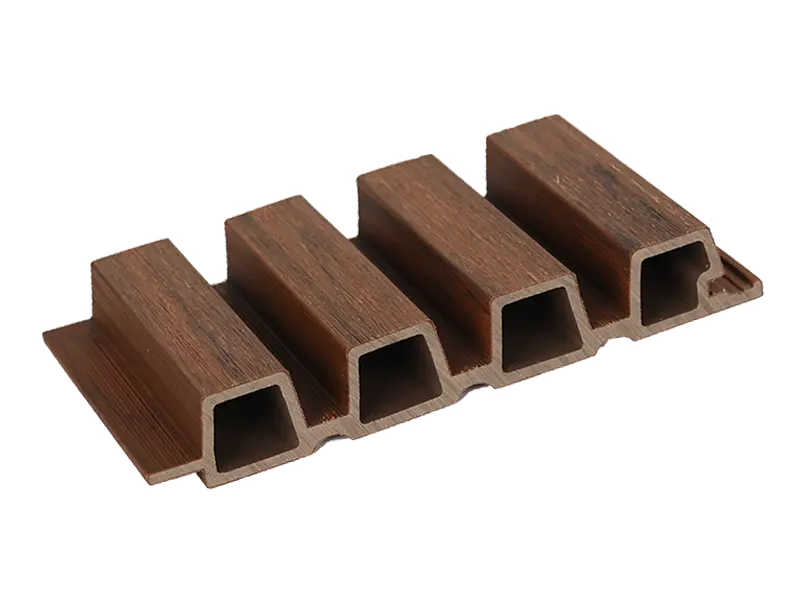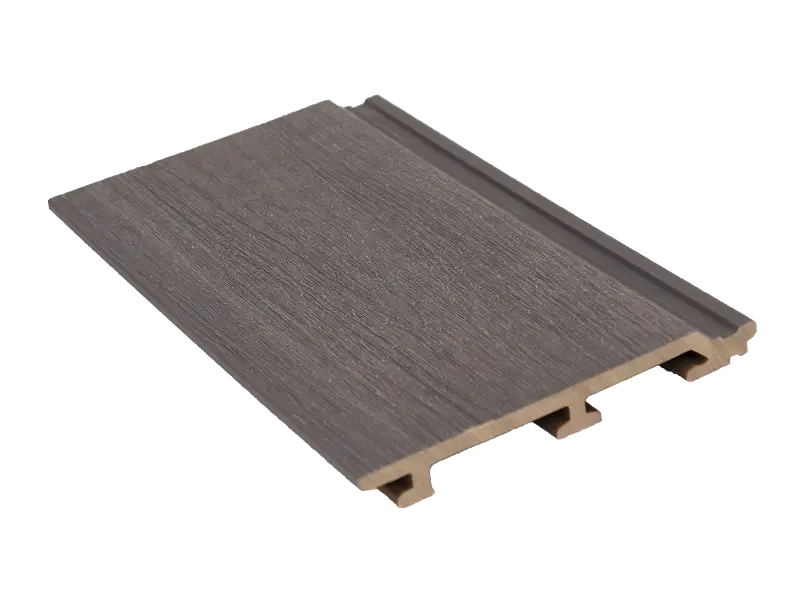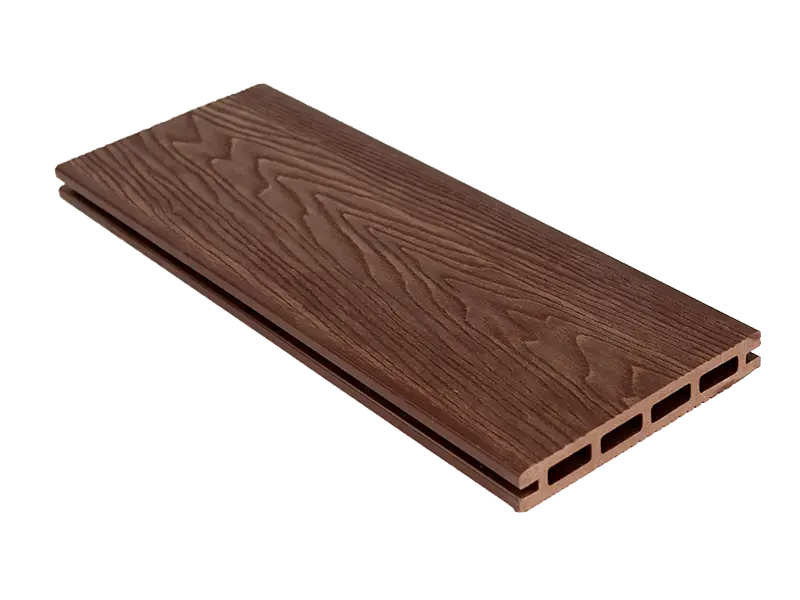
Building Sustainable Smart Cities with Superior WPC Materials
As global urbanization accelerates, the need for sustainable smart cities has become more urgent than ever. Urban planners and architects are now seeking eco-friendly, durable, and visually appealing materials that can enhance both functionality and sustainability. This is where Superior WPC (Wood Plastic Composite) materials are transforming modern cityscapes.
The Role of Sustainable Materials in Smart Cities
Smart cities are designed to integrate technology, sustainability, and human-centered design. The goal is to reduce environmental impact while improving quality of life. Eco-friendly materials play a vital role in achieving these objectives — from energy-efficient infrastructure to low-maintenance public spaces. Among these materials, Superior WPC stands out for its unique combination of durability, aesthetics, and environmental responsibility.
What Makes Superior WPC Ideal for Green Construction?
Superior WPC combines the natural look of wood with the resilience of modern polymers. This innovative blend results in a material that resists moisture, UV radiation, insects, and decay — all common challenges in urban environments. Beyond its durability, Superior WPC contributes to green architecture by reducing the need for chemical treatments, paints, and frequent replacements.
- Eco-efficiency: Made from recycled wood fibers and plastics, reducing landfill waste.
- Energy savings: Reflective surfaces and minimal maintenance lower overall carbon emissions.
- Long lifespan: Extended product life reduces material waste and replacement frequency.
- Design versatility: Ideal for decking, cladding, louvers, railings, and urban furniture.

Superior WPC in Urban Infrastructure
From pedestrian walkways and community decks to façade cladding and landscape features, Superior WPC enables architects to create sustainable spaces that are both functional and visually inspiring. Its weather-resistant properties make it perfect for outdoor installations in diverse climates — from coastal cities to dry urban zones.
Furthermore, Superior WPC’s easy installation and modular design support rapid development projects, making it a reliable choice for future-ready smart city infrastructure.
Environmental Benefits of Using WPC in Smart Cities
The environmental footprint of construction materials is a key concern in urban development. Superior WPC addresses this challenge through its sustainable composition and long-term performance. By using recycled components and eliminating the need for frequent refinishing, WPC products help conserve resources and reduce CO₂ emissions throughout their lifecycle.
Additionally, Superior WPC products can be reused or recycled at the end of their service life, aligning perfectly with the principles of a circular economy.
Integrating Technology and Sustainability
As smart cities evolve, the fusion of urban innovation and sustainable materials becomes increasingly essential. Superior WPC fits seamlessly into this vision — combining high-performance design with eco-conscious technology. Its low maintenance needs and long-lasting quality reduce resource consumption while supporting the aesthetic and functional goals of modern city planning.
Conclusion
Building sustainable smart cities requires more than advanced technology — it demands materials that can balance performance, beauty, and environmental responsibility. With Superior WPC, urban designers and builders can create spaces that are durable, elegant, and truly sustainable. By integrating Superior WPC eco-friendly materials into urban infrastructure, we take one step closer to a greener, smarter, and more livable future.

